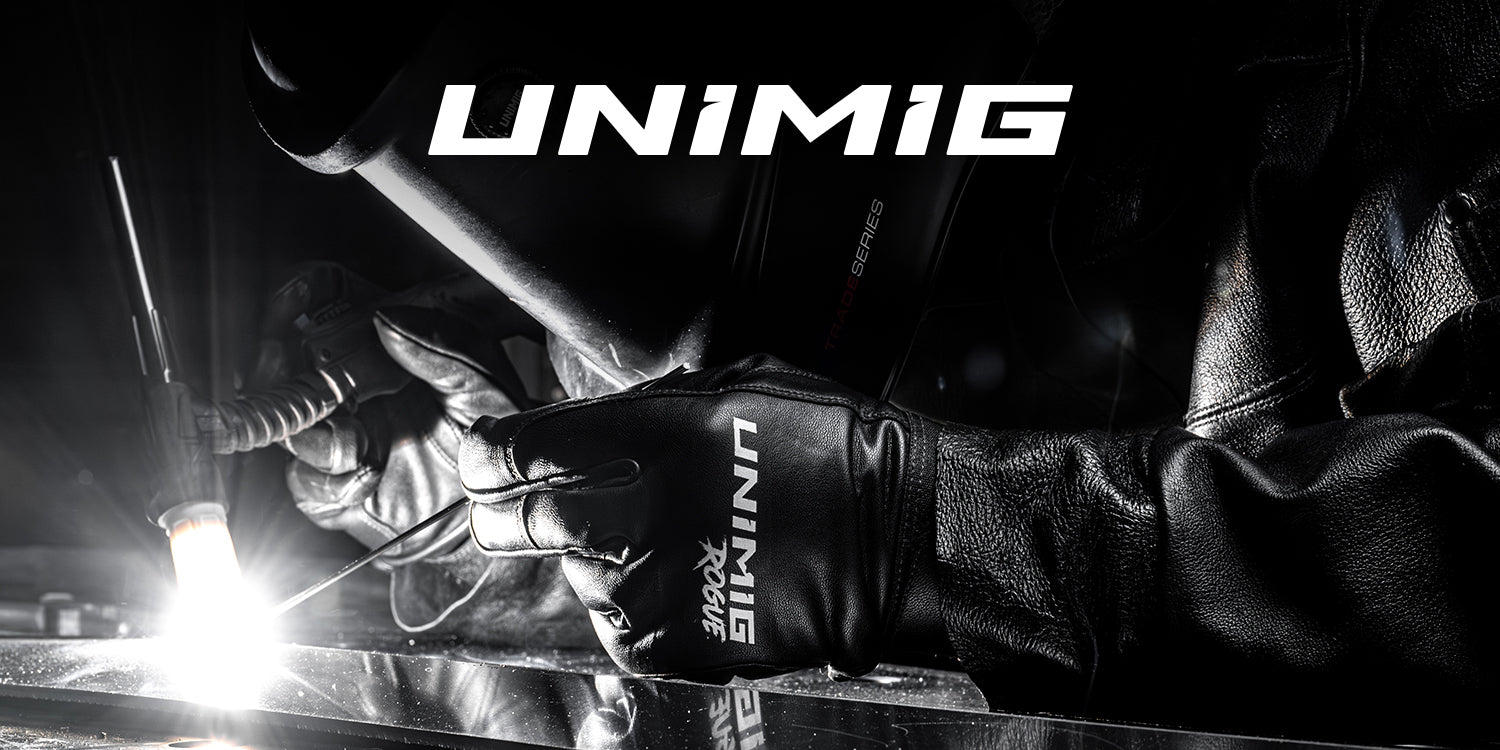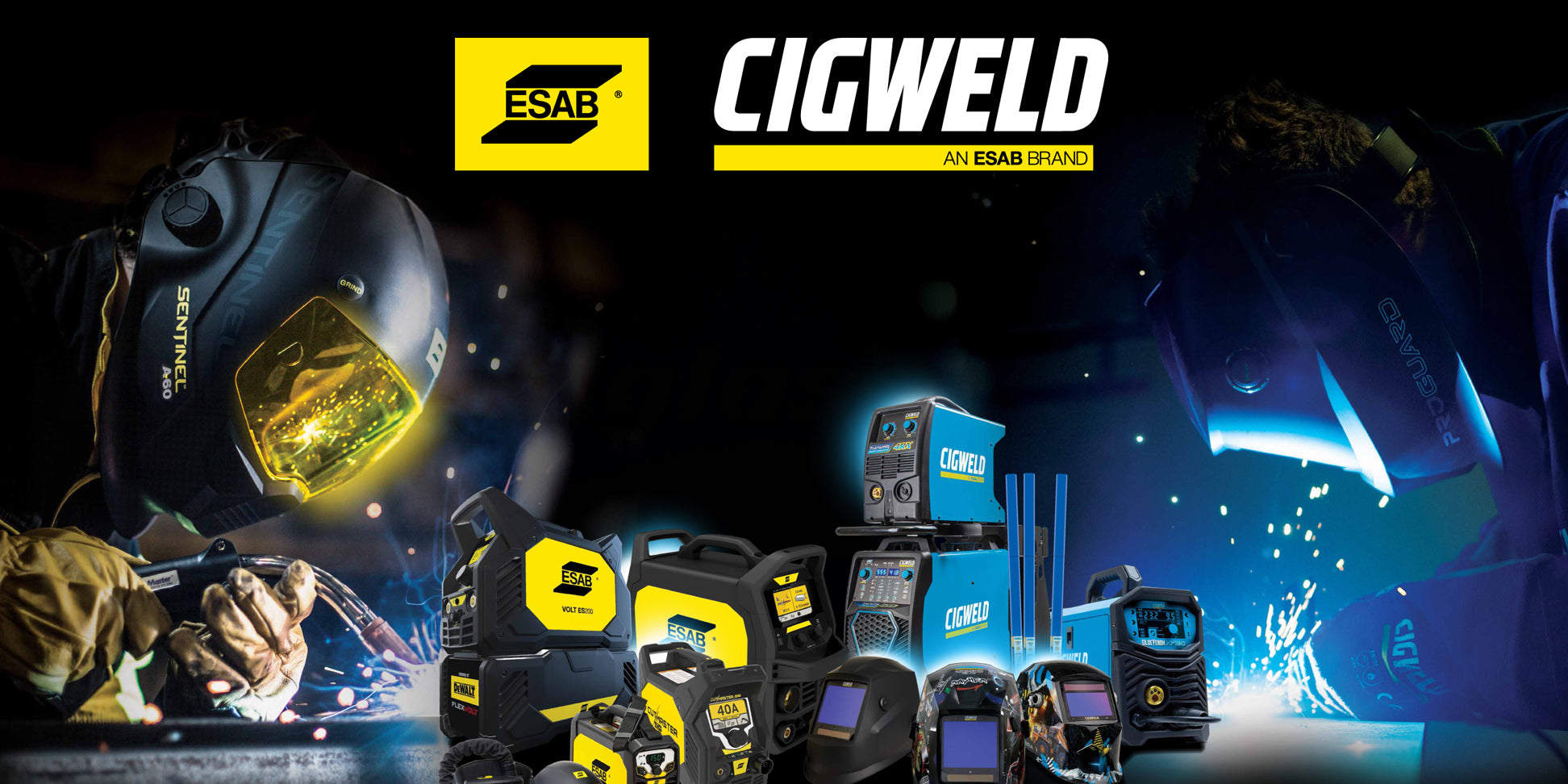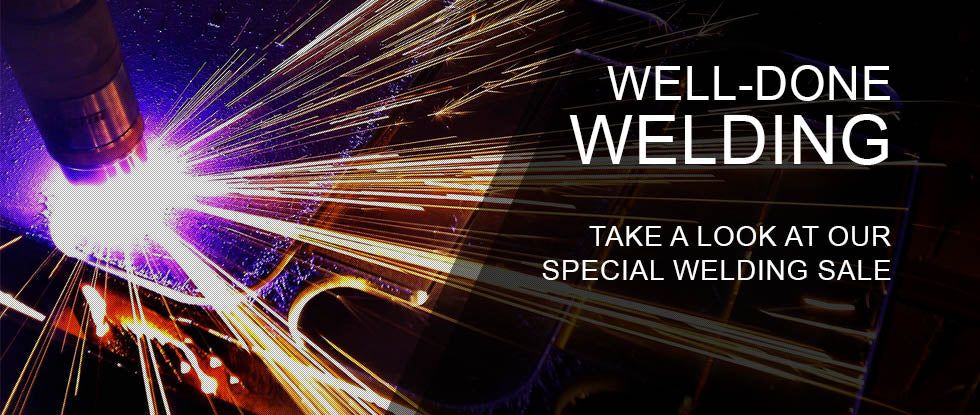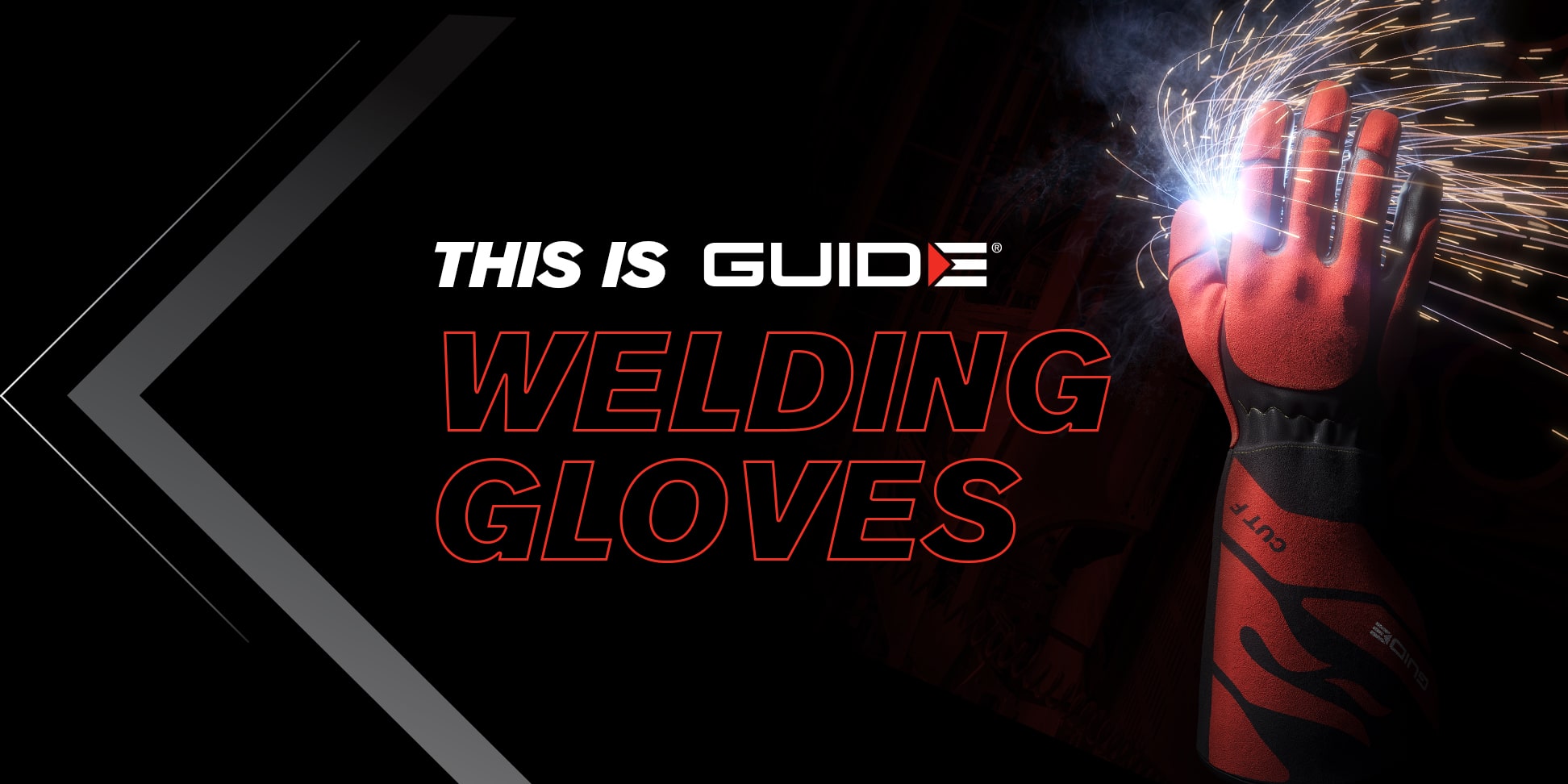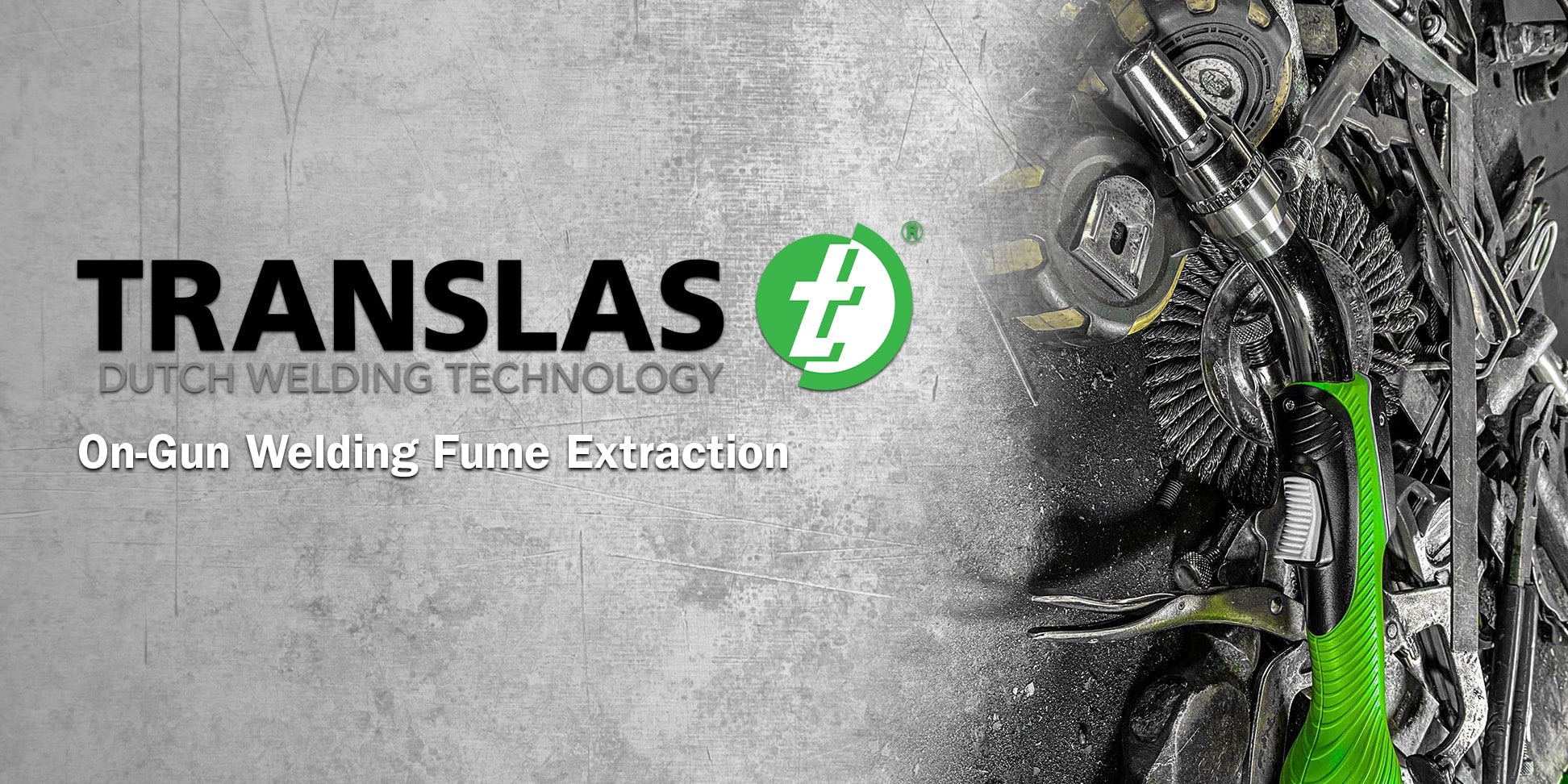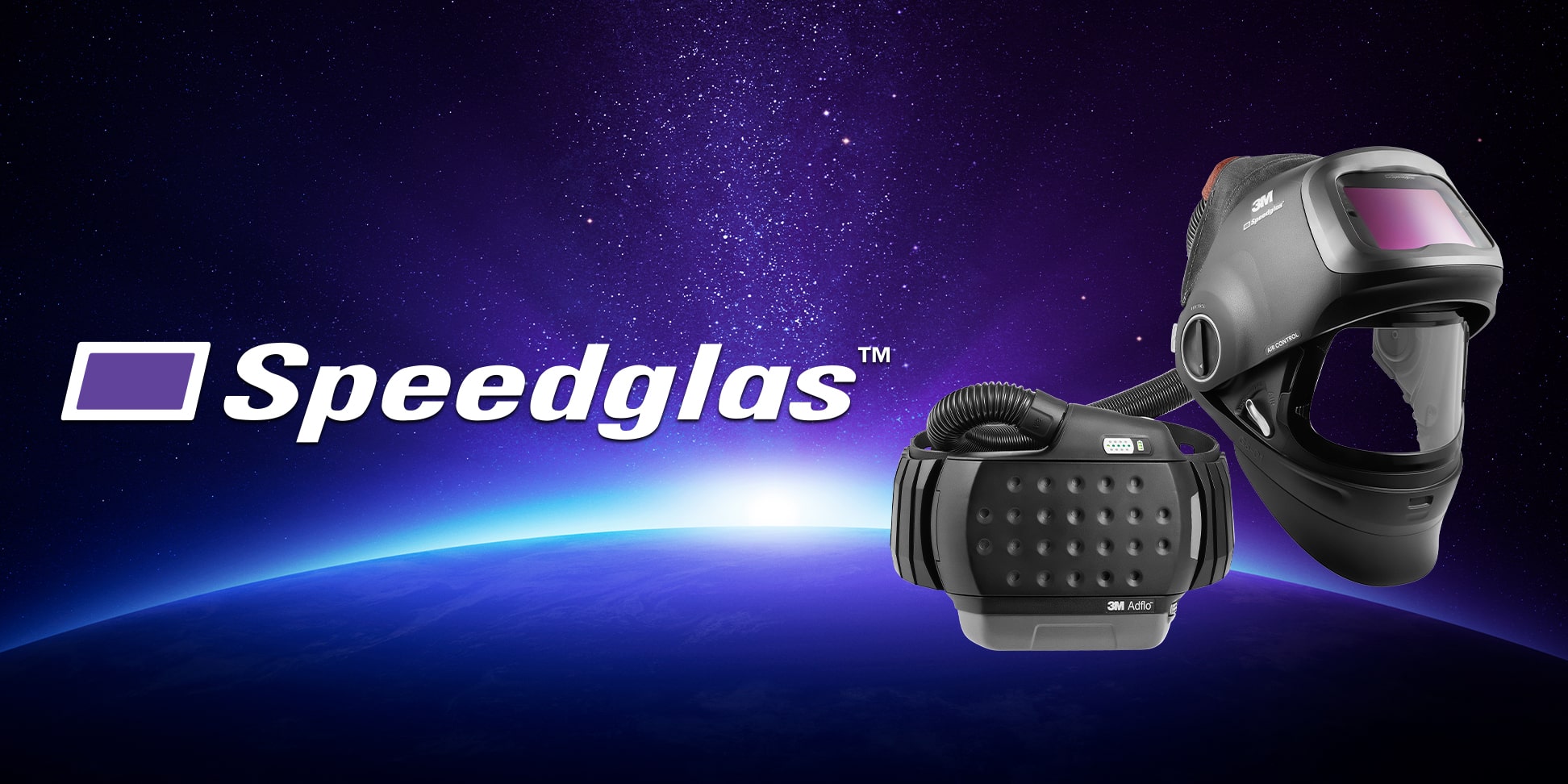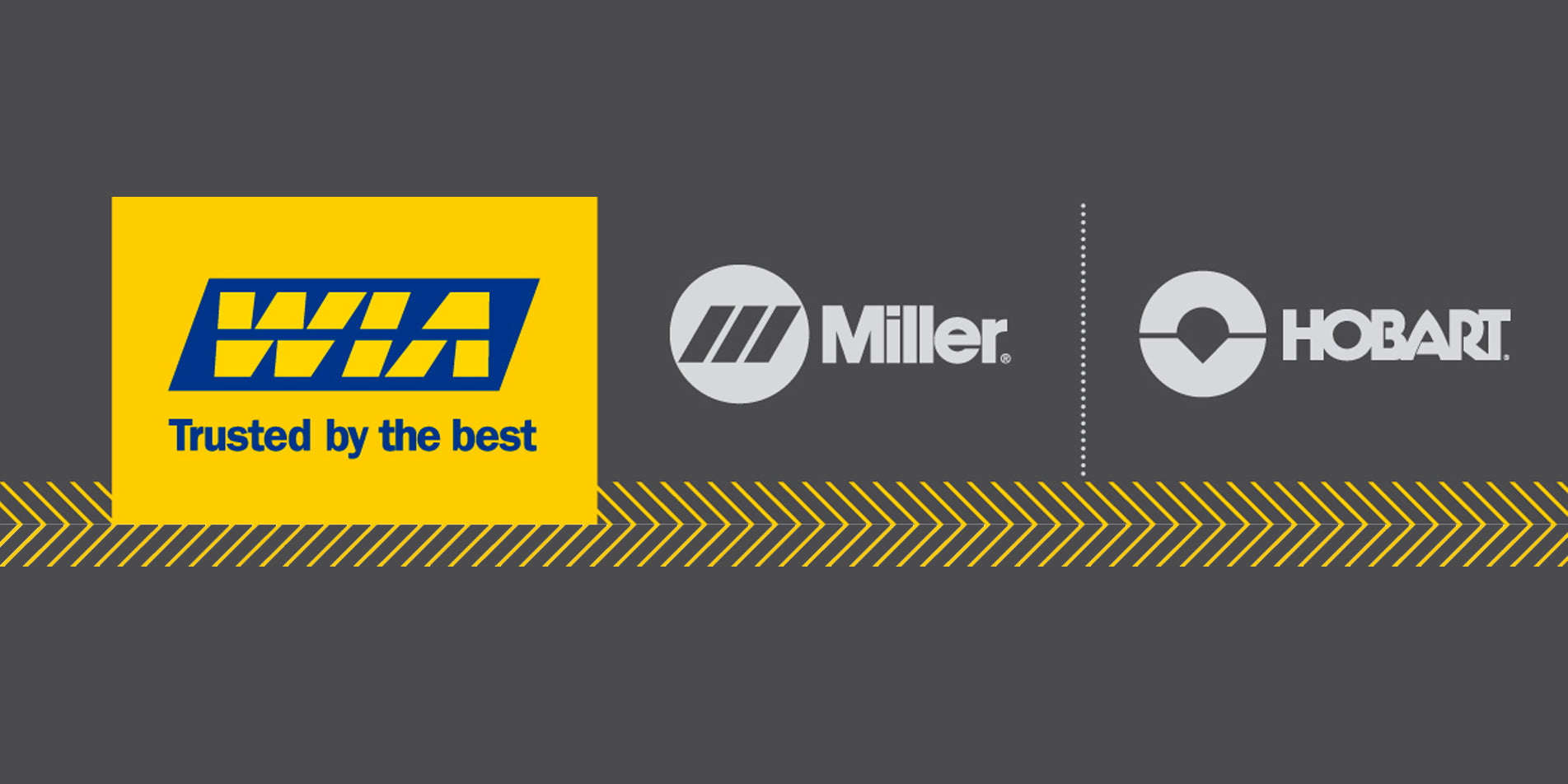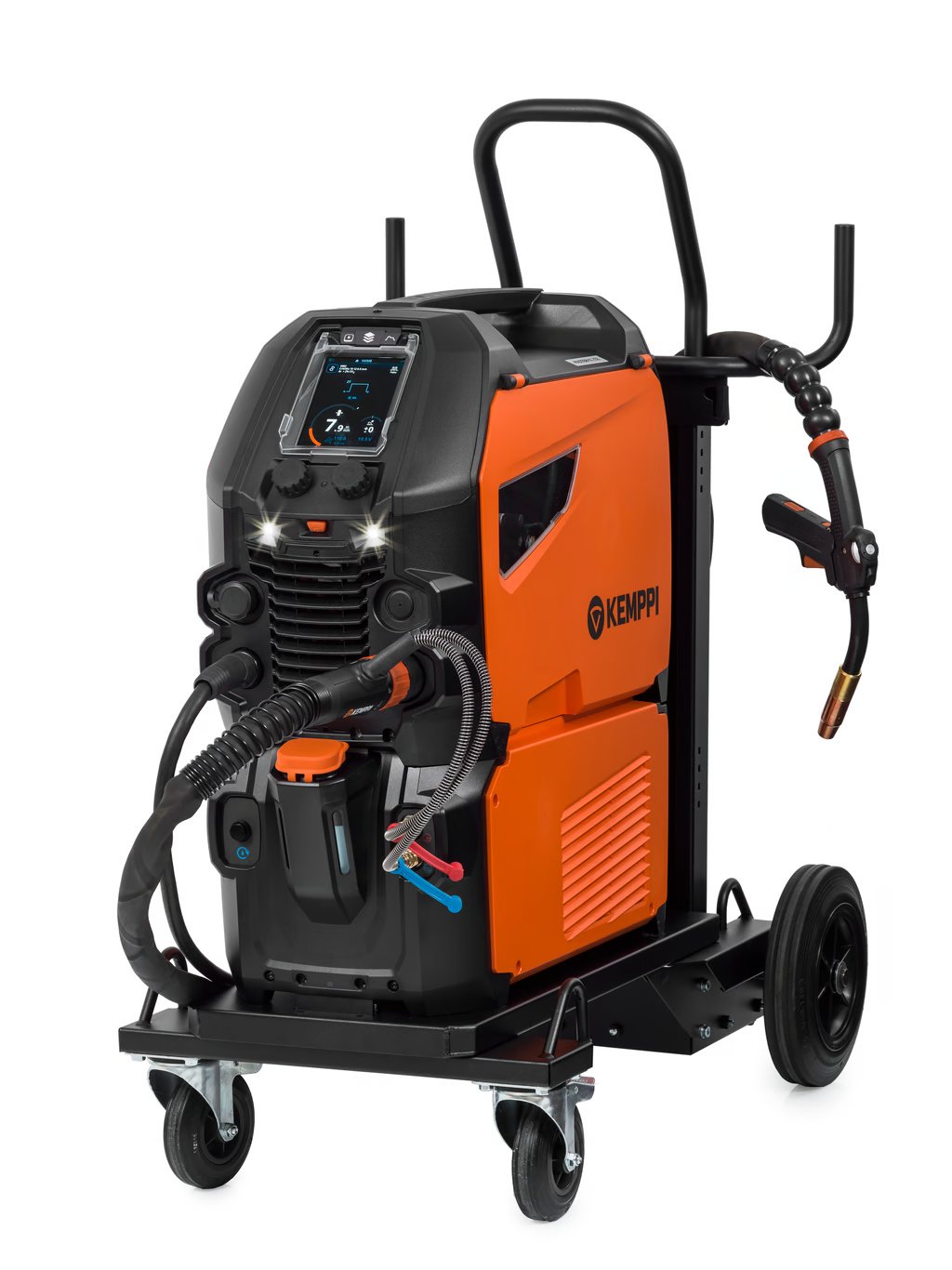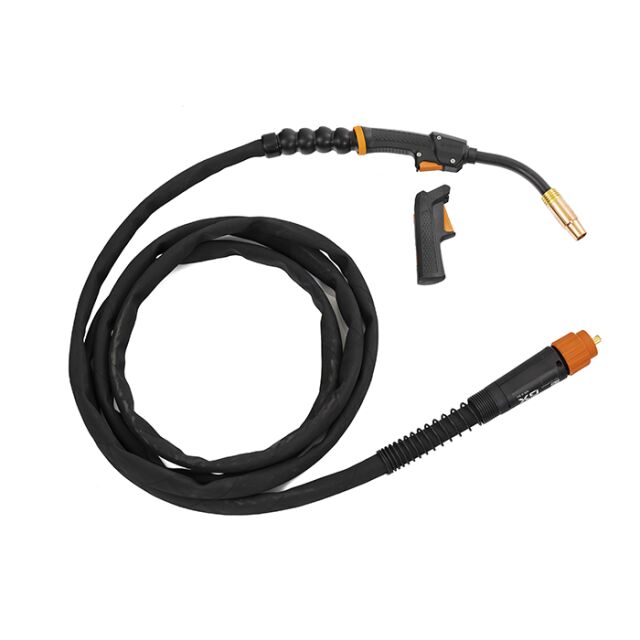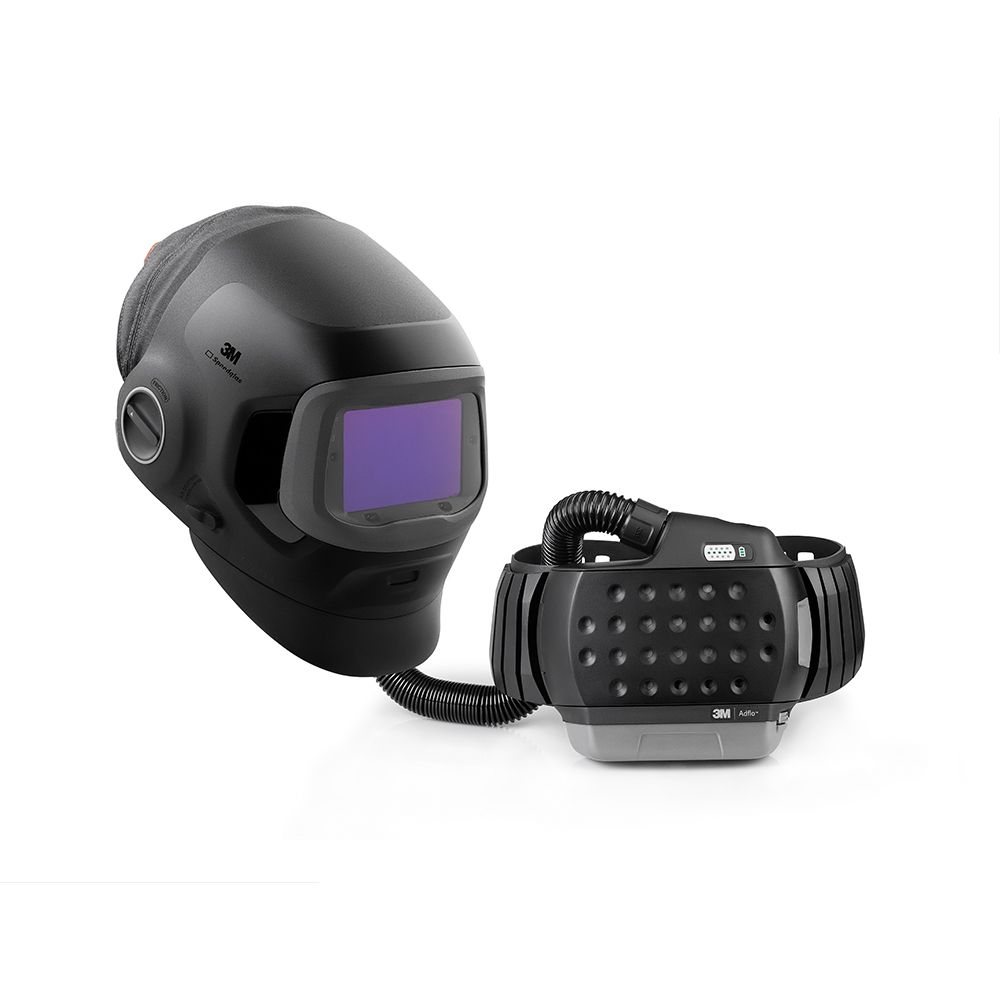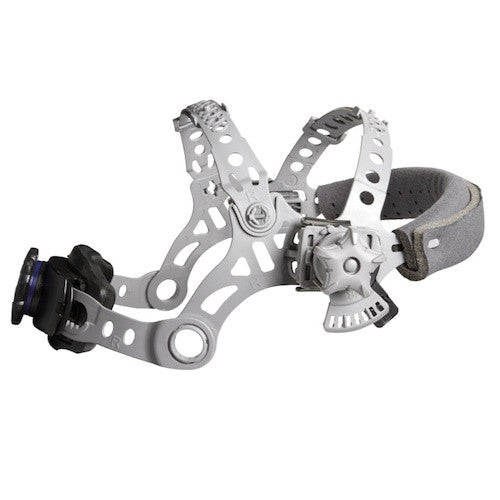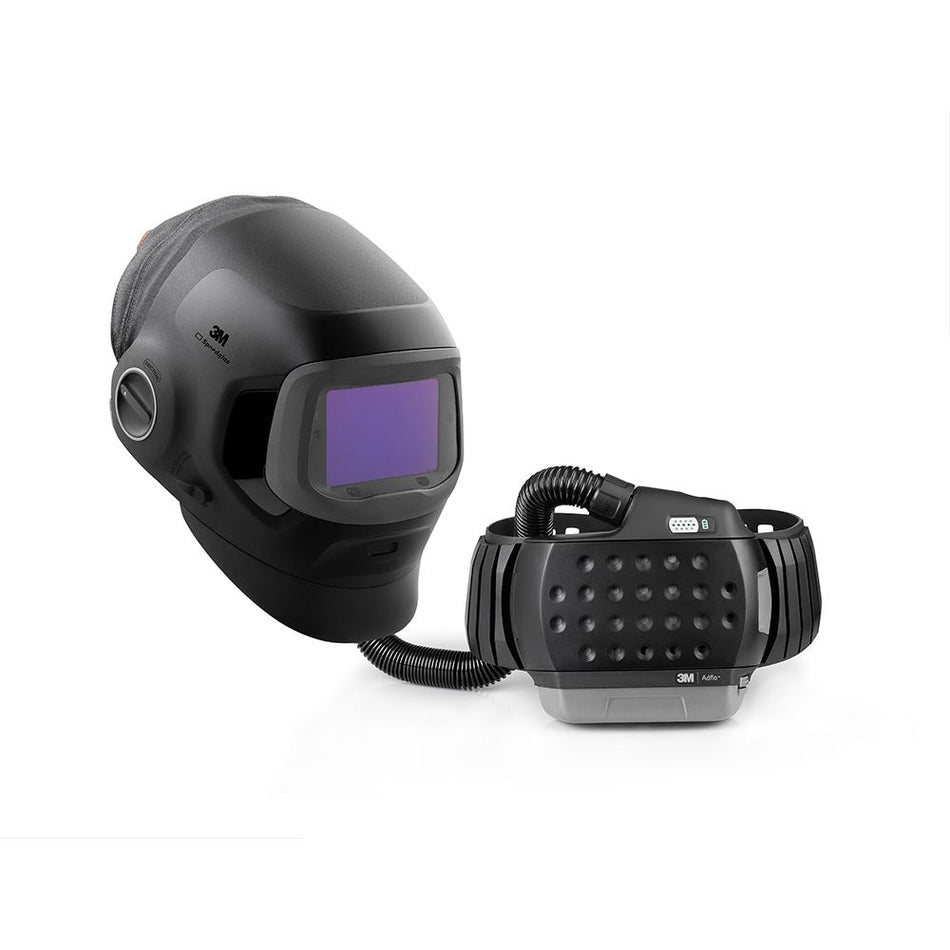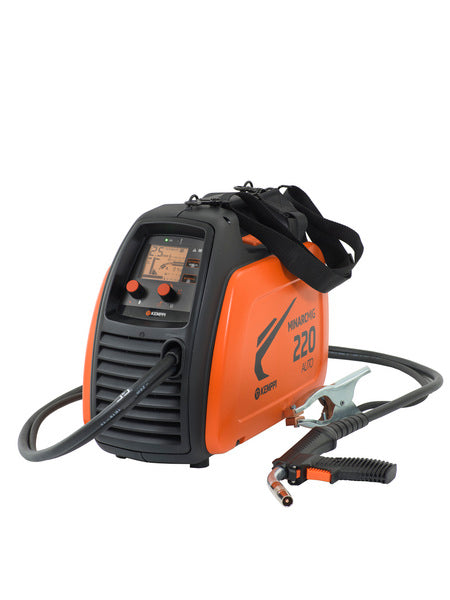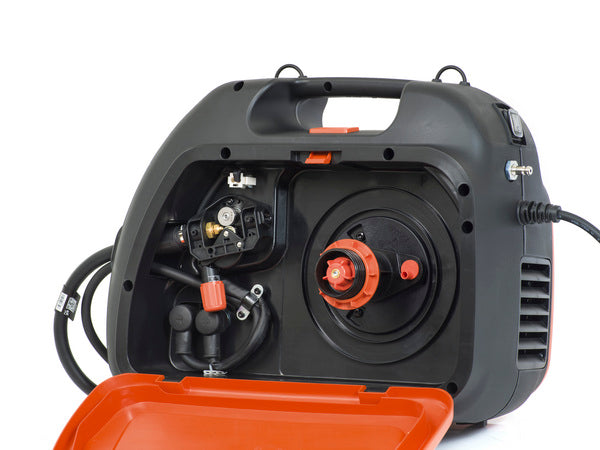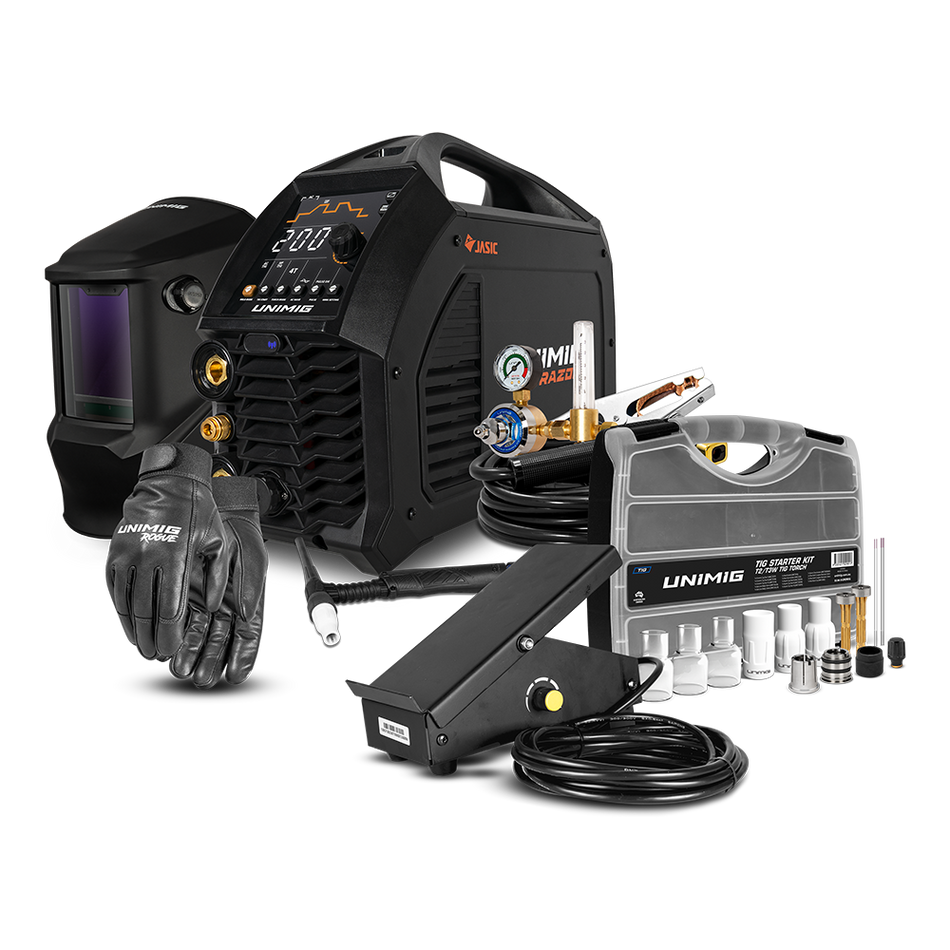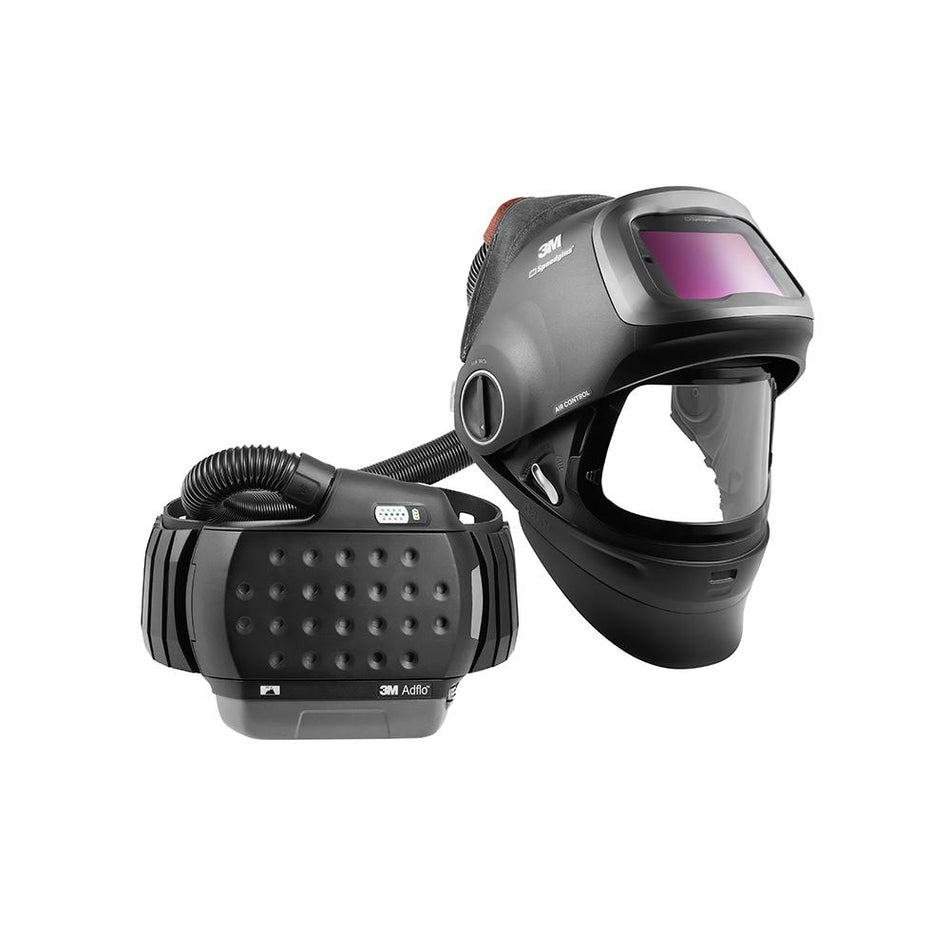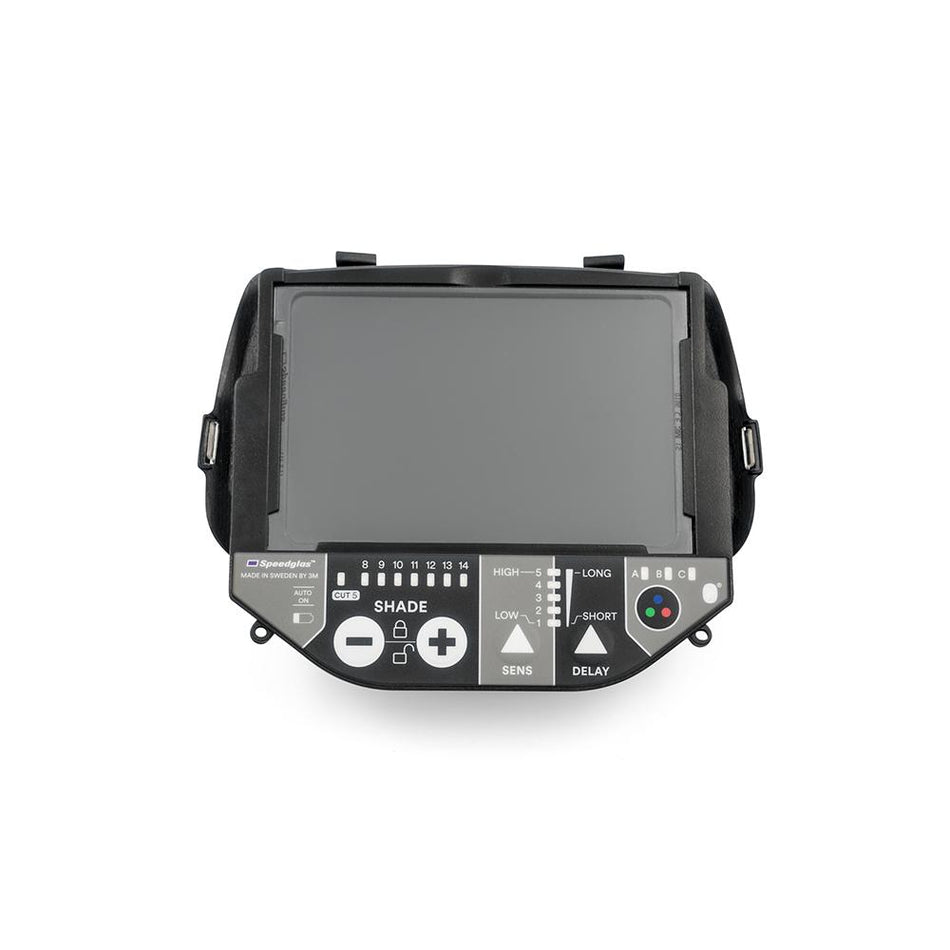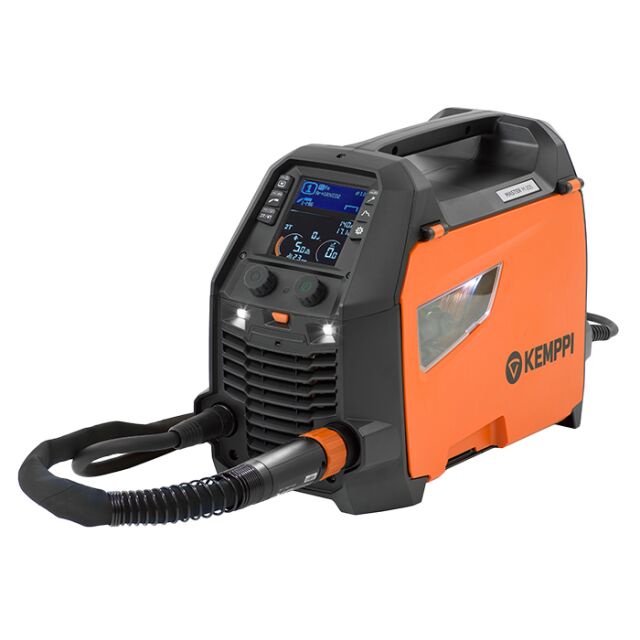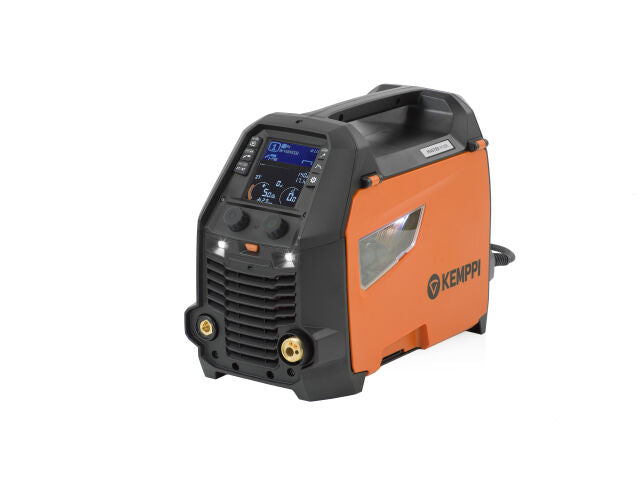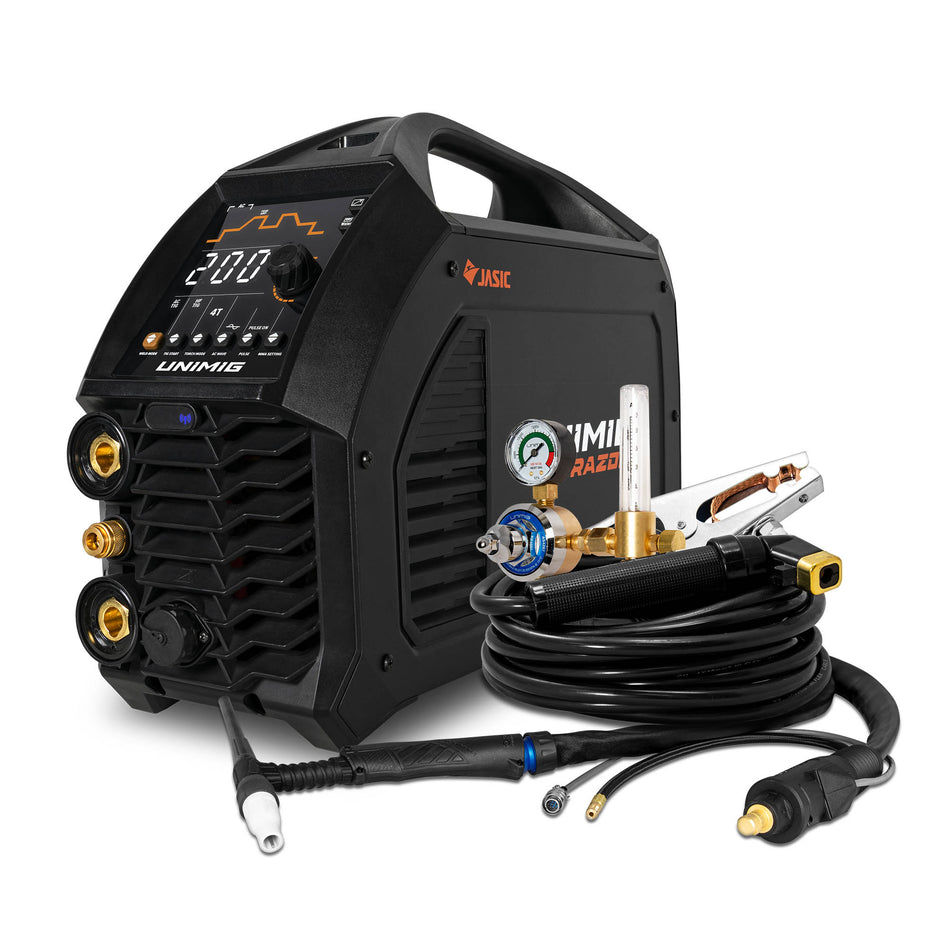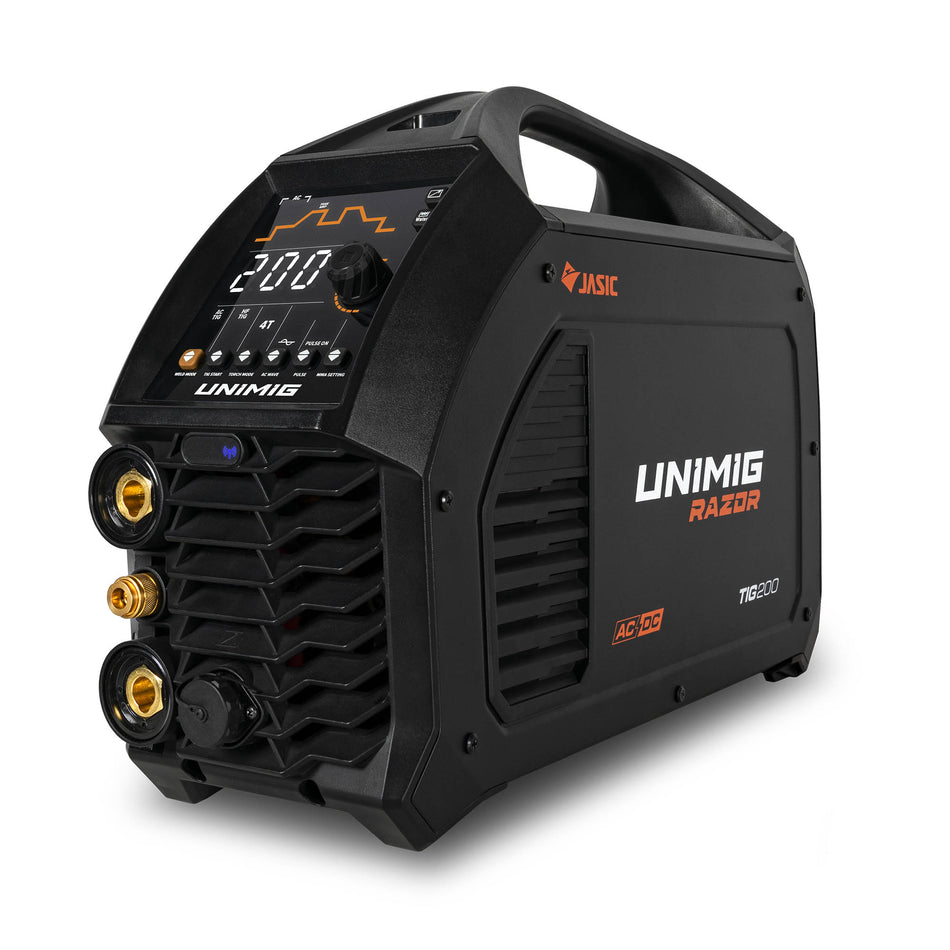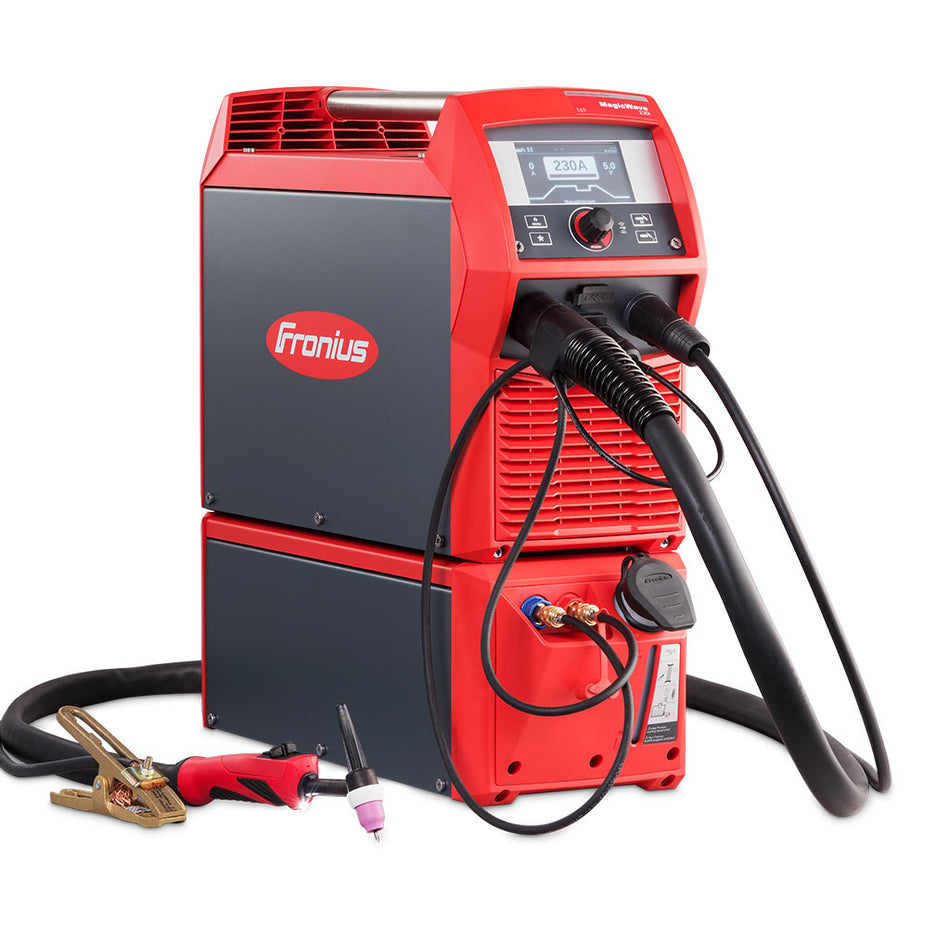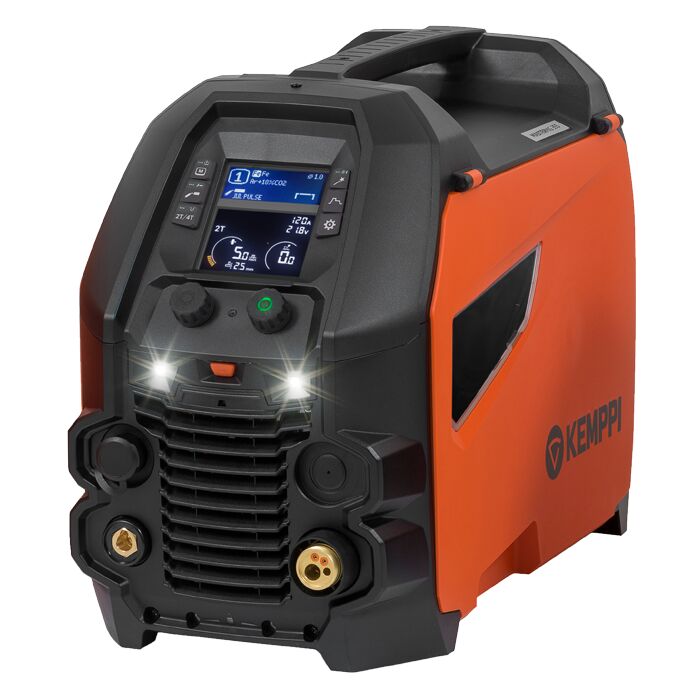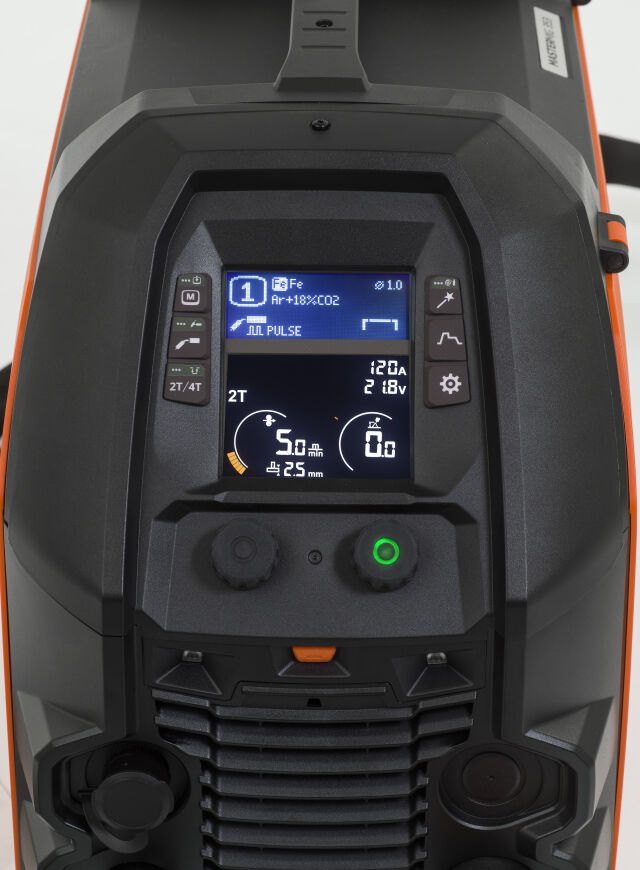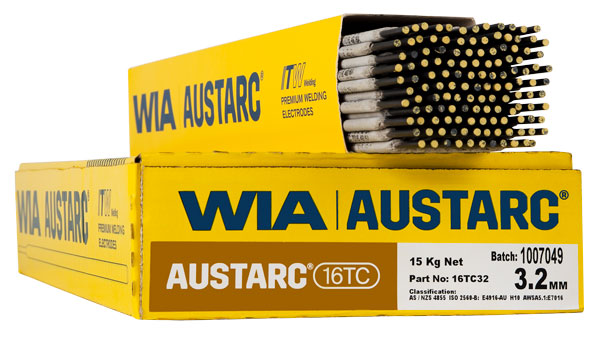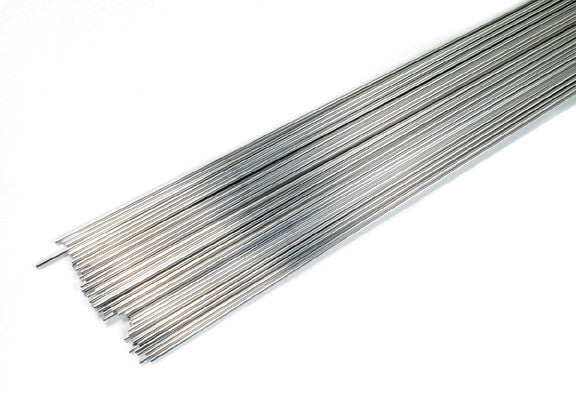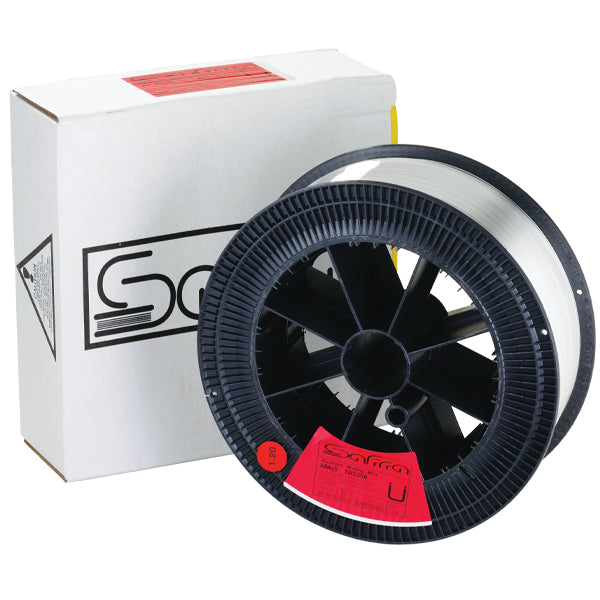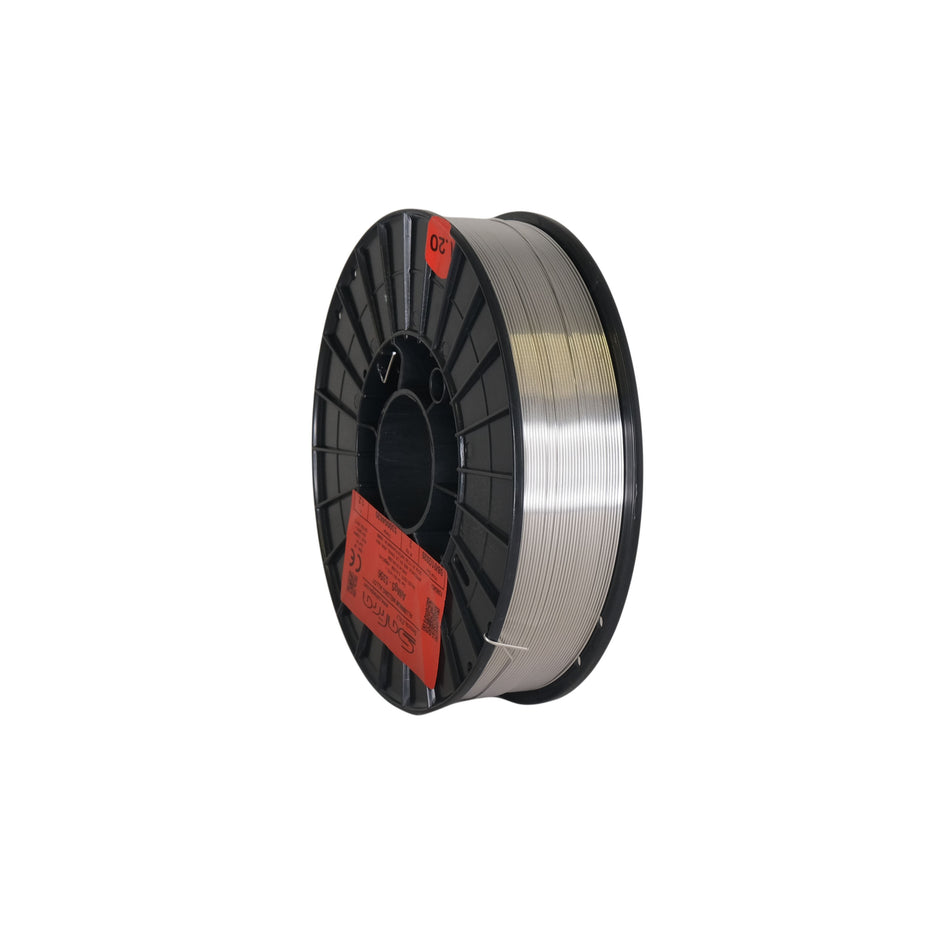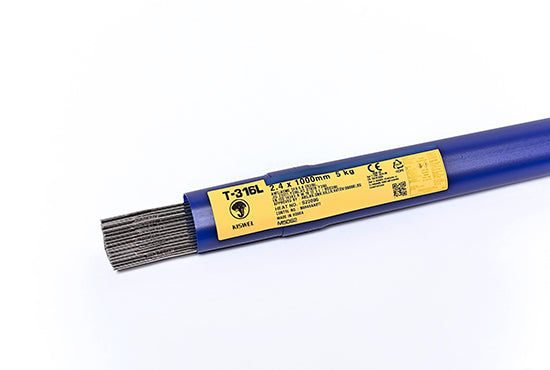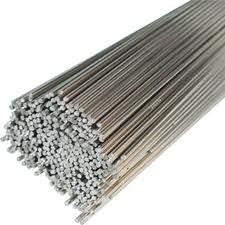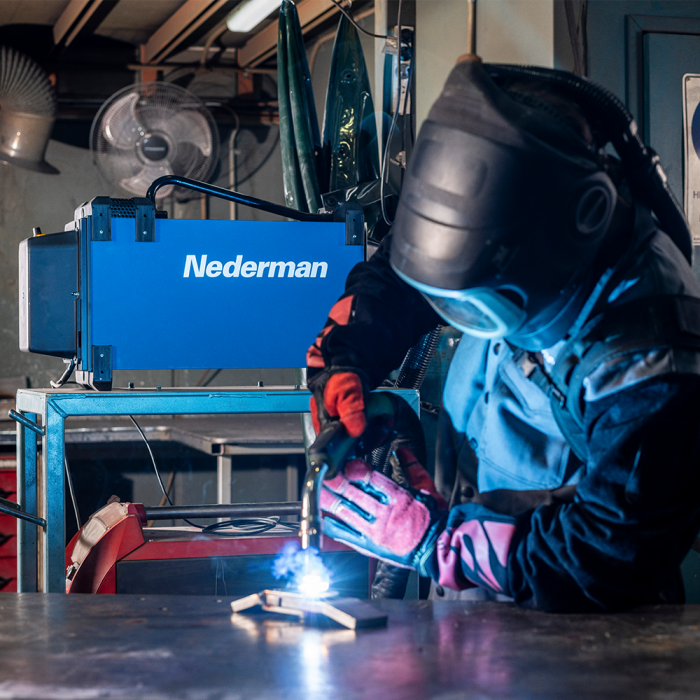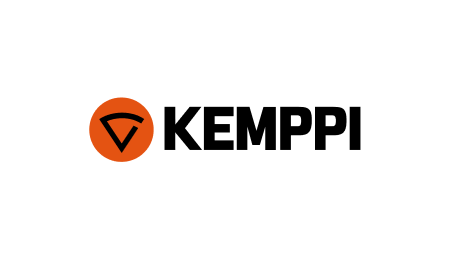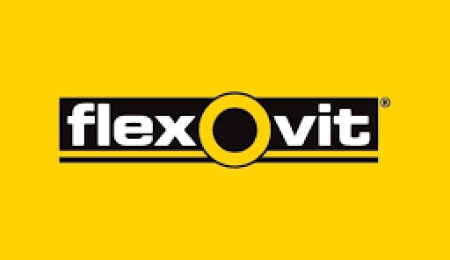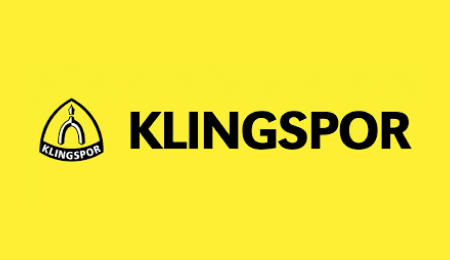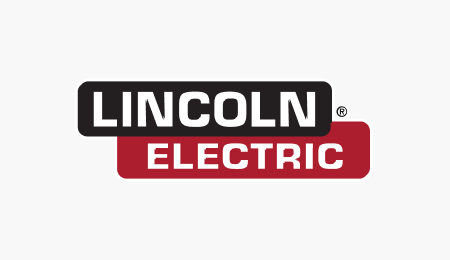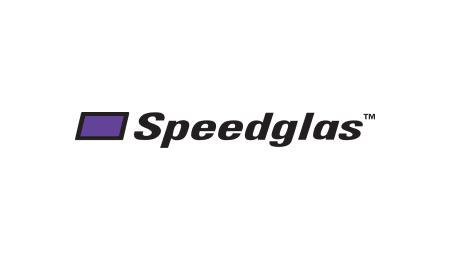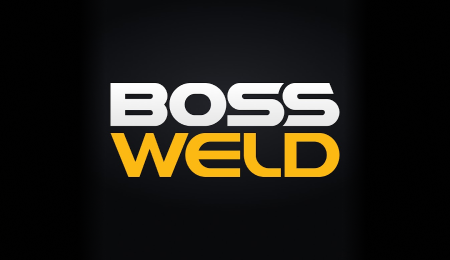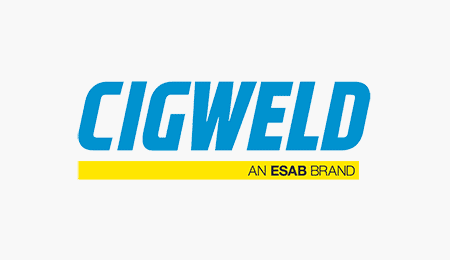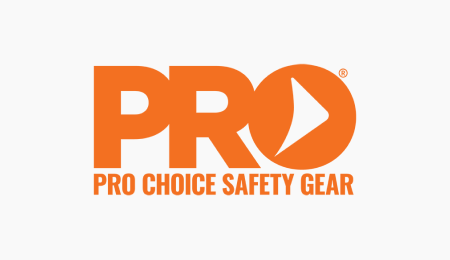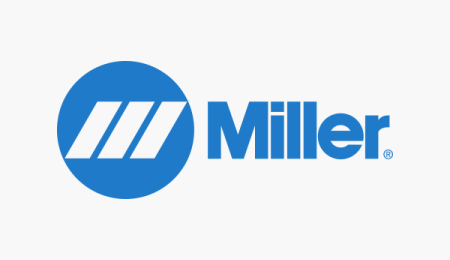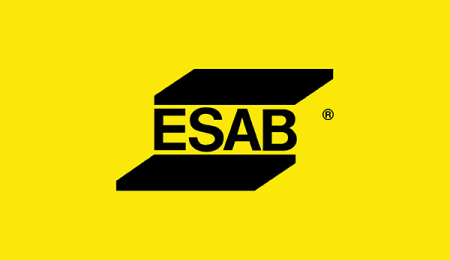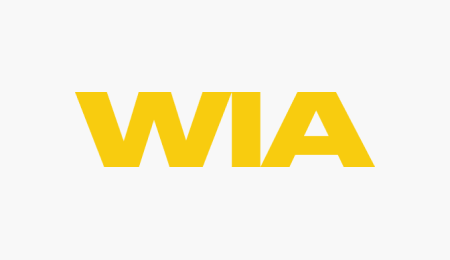Welding and Industrial Supplies
Before we briefly discuss aspects regarding Australian welding supplies, let’s first establish what we mean by “welding supplies.”
When some welders think of welding supplies, they often only have the actual tools needed to do the job in mind. Depending on the type of welding they do, the supplies they have in mind are normally available at most industrial supplies outlets and include articles such as Chipping hammers, Wire brushes, Gas nozzles, Contact tips, Tungsten rods, and Abrasive angle grinder discs.
But professional welders agree that the term “welding supplies” refers to more than only the supplies you need to execute a welding job successfully. Welding supplies also refer to everything you need to protect you and your workers from accidents while welding, Personal protective equipment is important because of the potential hazards such as exposure to metal fumes and UV radiation, burns, shocks, cuts, and even broken toes. These safety products are also available at industrial supplies outlets.
The safety supplies include at least welding gloves, safety helmets, and dust masks.
It is therefore always good to get your welding supplies from established industrial suppliers. In Australia, welding supplies are available at reliable outlets, such as “Bilba Industries,” a welding supplier in Sutherland Shire. Reliable Australian welding suppliers and other industrial suppliers have competent sales consultants who help you to ensure that you have all the welding and safety supplies you need.


